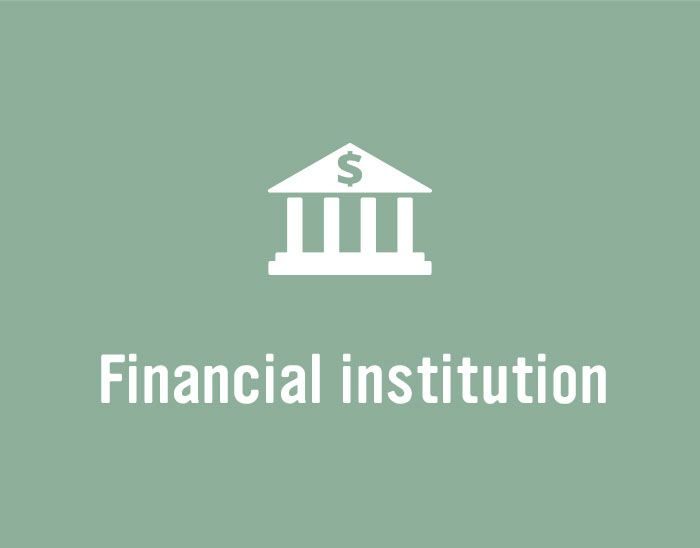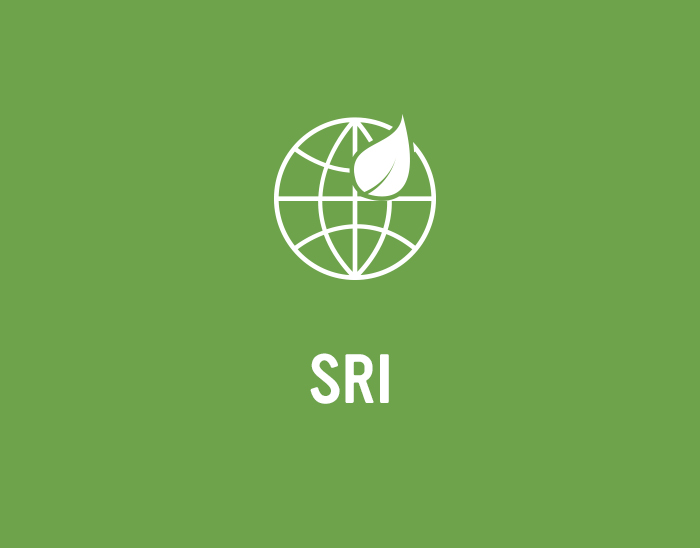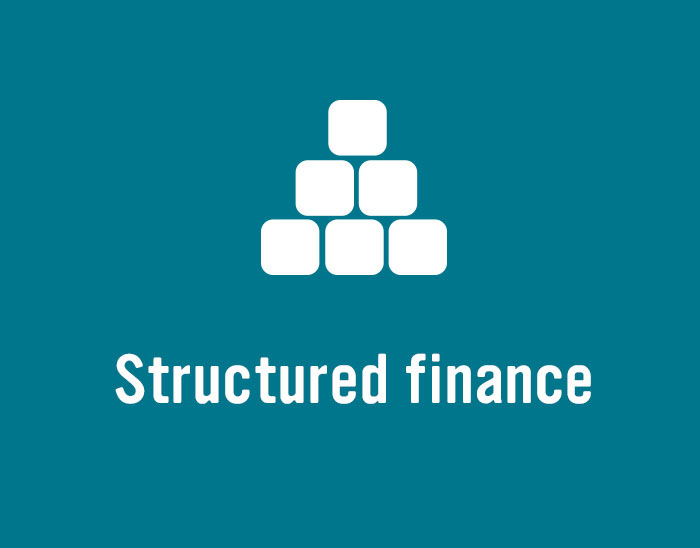
News

Commonwealth Bank of Australia (CommBank) is once again the dominant player in the 2019 KangaNews Fixed-Income Research Poll, winning six categories including the overall title. The outcome is even more impressive considering the bank’s team has gone through change at the top in the past year.

Bank of Montreal (BMO) has returned to the Australian dollar market for the first time since Canada’s total loss-absorbing capacity (TLAC) regime came into effect. Deal sources say the success of the transaction reaffirms domestic support for Canadian bail-in deals.

In June, ANZ and KangaNews gathered issuers and investors from across the global market at their annual roundtable discussion in London. This year’s conversation came at a pivotal moment for market direction and in the middle of an existential debate about the nature and purpose of sustainable finance.

On 17 July, United Overseas Bank Sydney Branch (UOB Sydney) (AA-/Aa1/AA-) launched a three-year, senior-unsecured, benchmark domestic floating-rate note (FRN) deal with indicative price guidance of 55 basis points area over three-month bank bills. Pricing is expected on the day of launch according to lead managers HSBC, National Australia Bank, UOB and Westpac Institutional Bank.

On 16 July, KfW Bankengruppe (KfW) (AAA/Aaa) launched a new, five-year Kangaroo green bond, with indicative price guidance of 36 basis points area over semi-quarterly swap and 48.1 basis points area over Australian Commonwealth government bond. Pricing is expected in the near future according to lead managers Deutsche Bank, RBC Capital Markets and TD Securities.

On 16 July, International Finance Corporation (IFC) (AAA/Aaa) launched a new, five-year, minimum NZ$200 million (US$134.5 million) Kauri bond. Indicative price guidance for the forthcoming transaction is 35 basis points area over mid-swap, equivalent to 52.1 basis points area over New Zealand government bond. Pricing is expected on or before 17 July, according to joint lead managers ANZ and BNZ.

Attractive pricing conditions driven by demand outstripping supply in the mid-curve was the main factor driving International Finance Corporation (IFC)’s relatively large Kangaroo print on 10 July, deal sources say. While high-grade Kangaroo issuance volume is flat in 2019, the mid-curve has experienced something of a renaissance.

On 15 July, RedZed Lending Solutions (RedZed) mandated Commonwealth Bank of Australia and National Australia Bank to arrange a series of investor meetings regarding a potential nonconforming residential mortgage-backed securities (RMBS) deal.

European Investment Bank (EIB) (AAA/Aaa/AAA) launched a new, 4.5-year Kangaroo deal, on 15 July. The forthcoming transaction has indicative price guidance of 35 basis points area over semi-quarterly swap, equivalent to 43.8 basis points area over Australian Commonwealth government bond. Pricing is expected on the day after launch, according to joint lead managers J.P. Morgan, RBC Capital Markets and TD Securities.

The most active participants in Australia’s sustainable-finance market are considering how the EU taxonomy’s technical report may be locally applicable. It is early days for a local understanding and application of European principles, but harmonisation between jurisdictions appears to be a preferred outcome for many – including leveraging the EU’s work to reinforce local standards.
